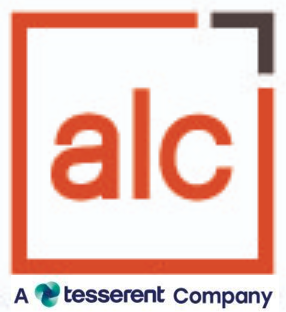1. Managing Security & Identity for Azure Solutions
- Integrate their existing solutions with external identity providers using Azure AD B2B or B2C
- Design a hybrid identity solution
- Determine when to use advanced features of Azure AD such as Managed Service Identity, MFA and Privileged Identity Management
- Secure application secrets using Key Vault
- Secure application data using SQL Database and Azure Storage features
2. Integrating SaaS Services Available on the Azure Platform
- Integrate their existing solutions with external identity providers using Azure AD B2B or B2C
- Detail the various APIs available in Cognitive Services
- Identify when to use the Face API, Speech API or Language Understanding (LUIS) service
- Describe the relationship to Bot Framework and Azure Bot Services
- Create a simple bot using QnA Maker
- Describe Azure Machine Learning
- Describe Azure Media Services
- Discuss Media Services workflows including live streaming, dynamic packaging and static conversion
- Detail uses of the Computer Vision API
3. Backing Azure Solutions with Azure Storage
- Determine the ideal pricing option for Azure Storage based on a solution’s requirements
- Identify performance thresholds for the Azure Storage service
- Determine the type of Storage blobs to use for specific solution components
- Use the Azure Files service for SMB operations
- Identify solutions that could benefit from the use of StorSimple physical or virtual devices
4. Comparing Database Options in Azure
- Compare and contrast various database options on Azure
- Identify data streaming options for large-scale data ingest
- Identify longer-term data storage options
5. Monitoring & Automating Azure Solutions
- Compare and contrast monitoring services for applications, the Azure platform, and networking
- Design an alert scheme for a solution hosted in Azure
- Select the appropriate backup option for infrastructure and data hosted in Azure
- Automate the deployment of future resources for backup recovery or scaling purposes
- Determine the ideal pricing option for Azure Storage based on a solution’s requirements
- Identify performance thresholds for the Azure Storage service
- Determine the type of Storage blobs to use for specific solution components
- Use the Azure Files service for SMB operations.
6. Deploying Resources with Azure Resource Manager
- Create a resource group
- Add resources to a resource group
- Deploy an ARM template to a resource group
- Filter resources using tags
- Author a complex deployment using the Azure Building Blocks tools
7. Creating Managed Server Applications in Azure
- Select between hosting application code or containers in an App Service instance
- Describe the differences between API, Mobile, and Web Apps
- Integrate an API or Logic App with the API Management service
- Design an App Service Plan or multi-region deployment for high performance and scale
8. Authoring Serverless Applications in Azure
- Select between hosting application code or containers in an App Service instance
- Describe the differences between API, Mobile, and Web Apps
- Integrate an API or Logic App with the API Management service
- Design an App Service Plan or multi-region deployment for high performance and scale
- Create a resource group
- Add resources to a resource group
- Deploy an ARM template to a resource group Integrate an API or Logic App with the API Management service
- Design an App Service Plan or multi-region deployment for high performance and scale
9. Application Architecture Patterns in Azure
- Locate and reference the Cloud Design Patterns documentation
- Locate and reference the Azure Architecture Center
- Describe various patterns pulled from the Cloud Design Patterns
10. Building Azure IaaS-Based Server Applications (ADSK)
- Design an availability set for one or more virtual machines
- Describe the differences between fault and update domains
- Author a VM Scale Set ARM template
- Join a virtualized machine to a domain either in Azure or on a hybrid network
11. Networking Azure Application Components
- Describe DNS and IP strategies for VNETs in Azure
- Compare connectivity options for ad-hoc and hybrid connectivity
- Distribute network traffic across multiple loads using load balancers
- Design a hybrid connectivity scenario between cloud and on-premise
12. Integrating Azure Solution Components Using Messaging Services
- Compare Storage Queues to Service Bus Queues
- Identify when to use Azure Functions or Logic Apps for integration components in a solution
- Describe the differences between IoT Hubs, Event Hubs and Time Series Insights

